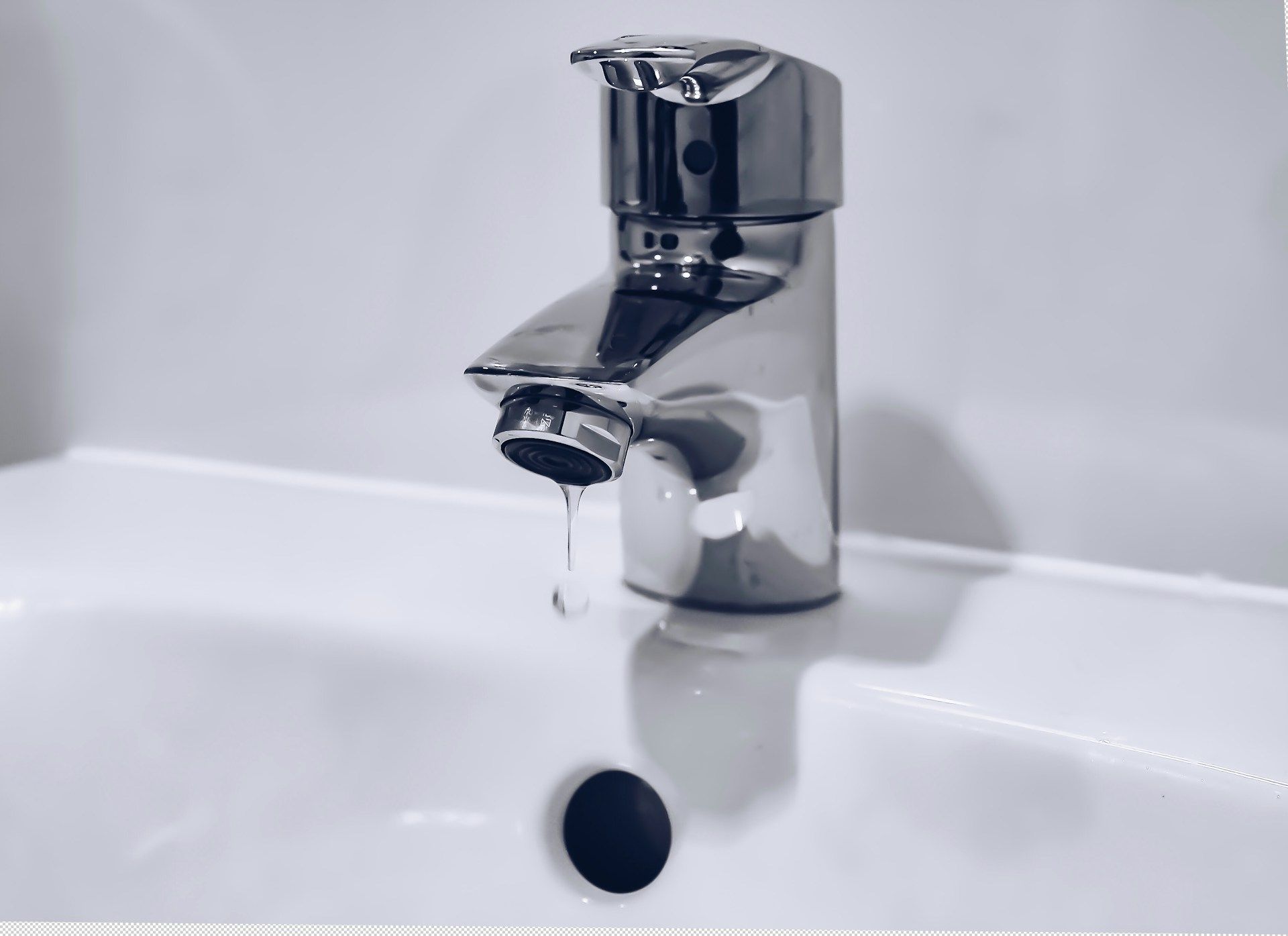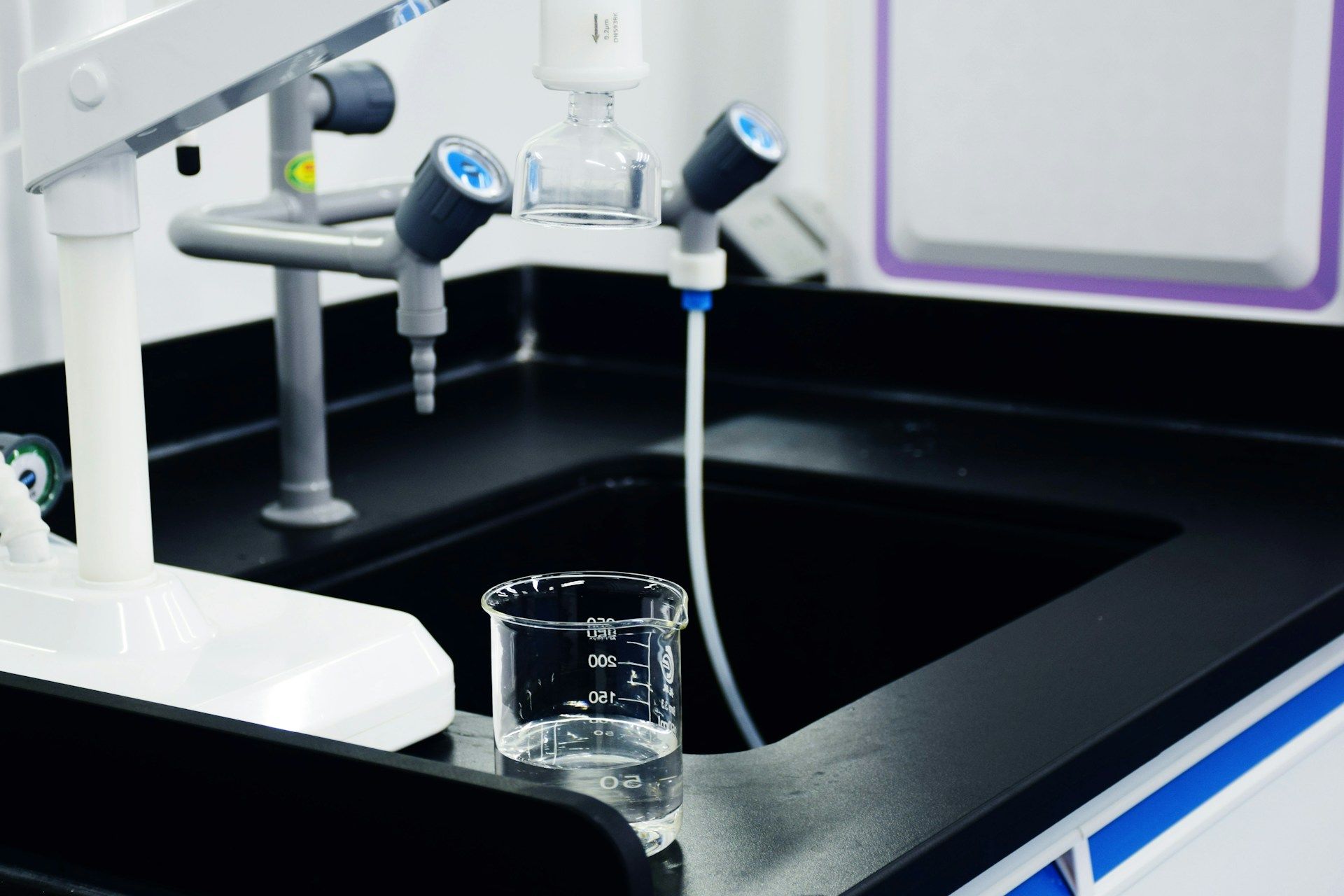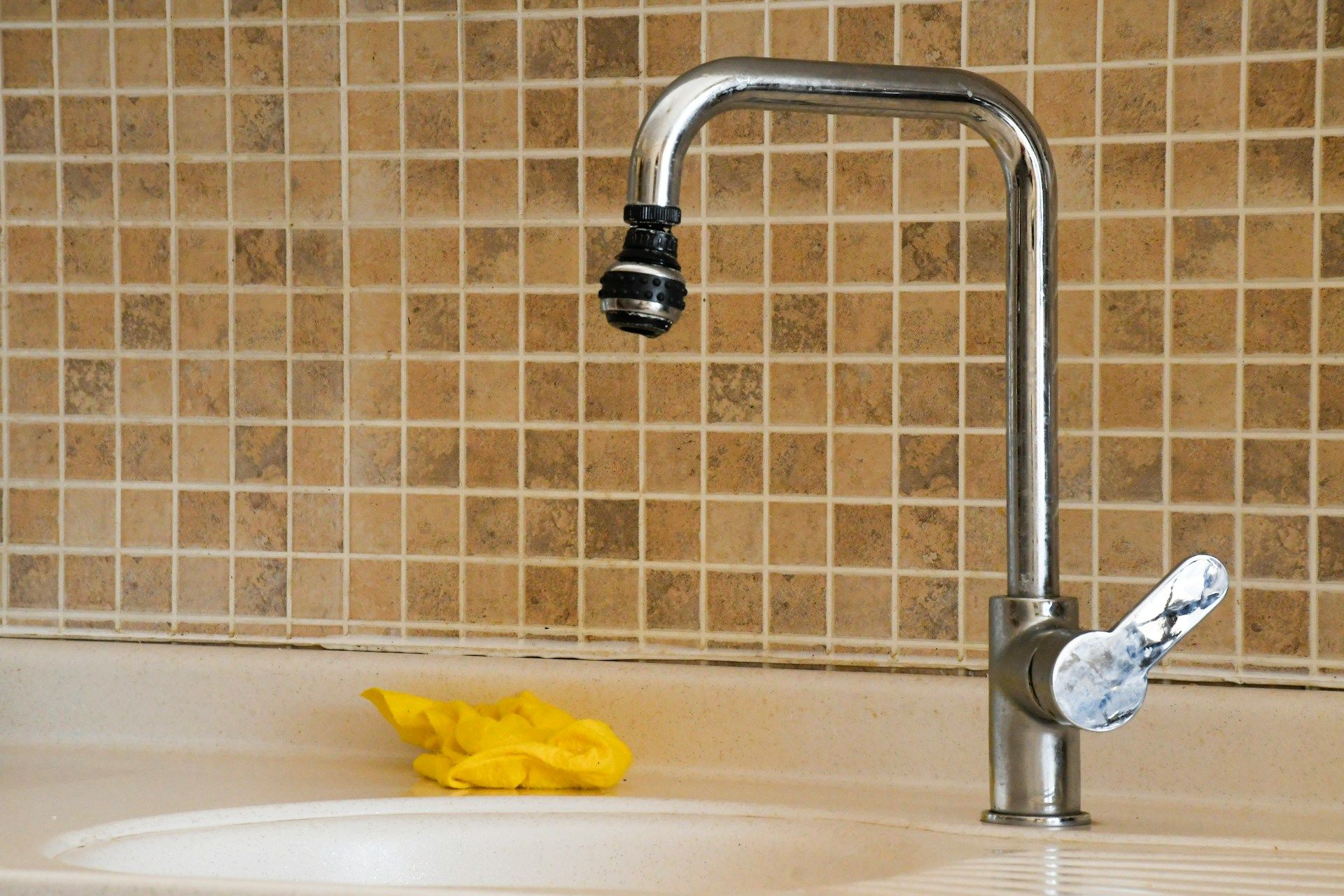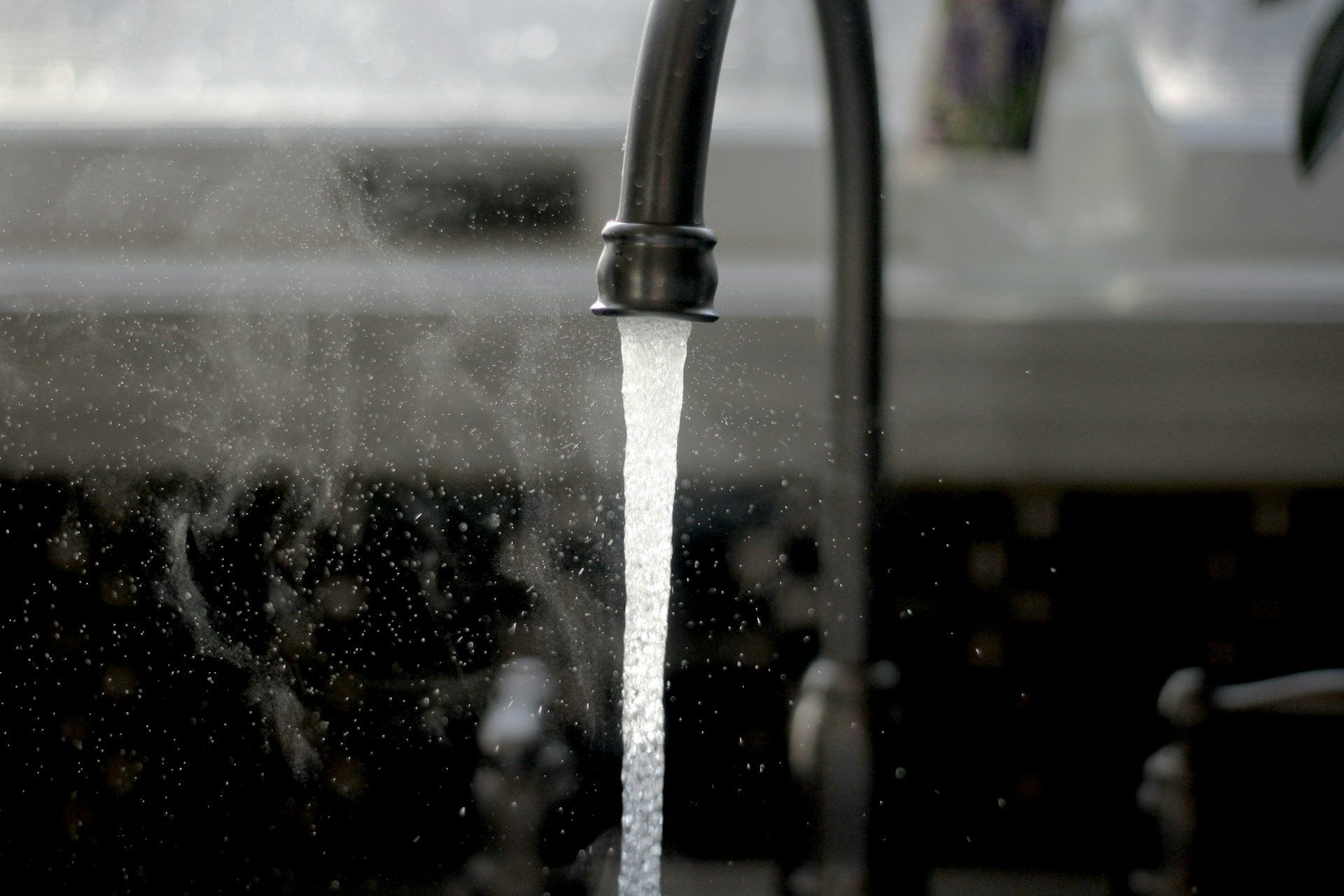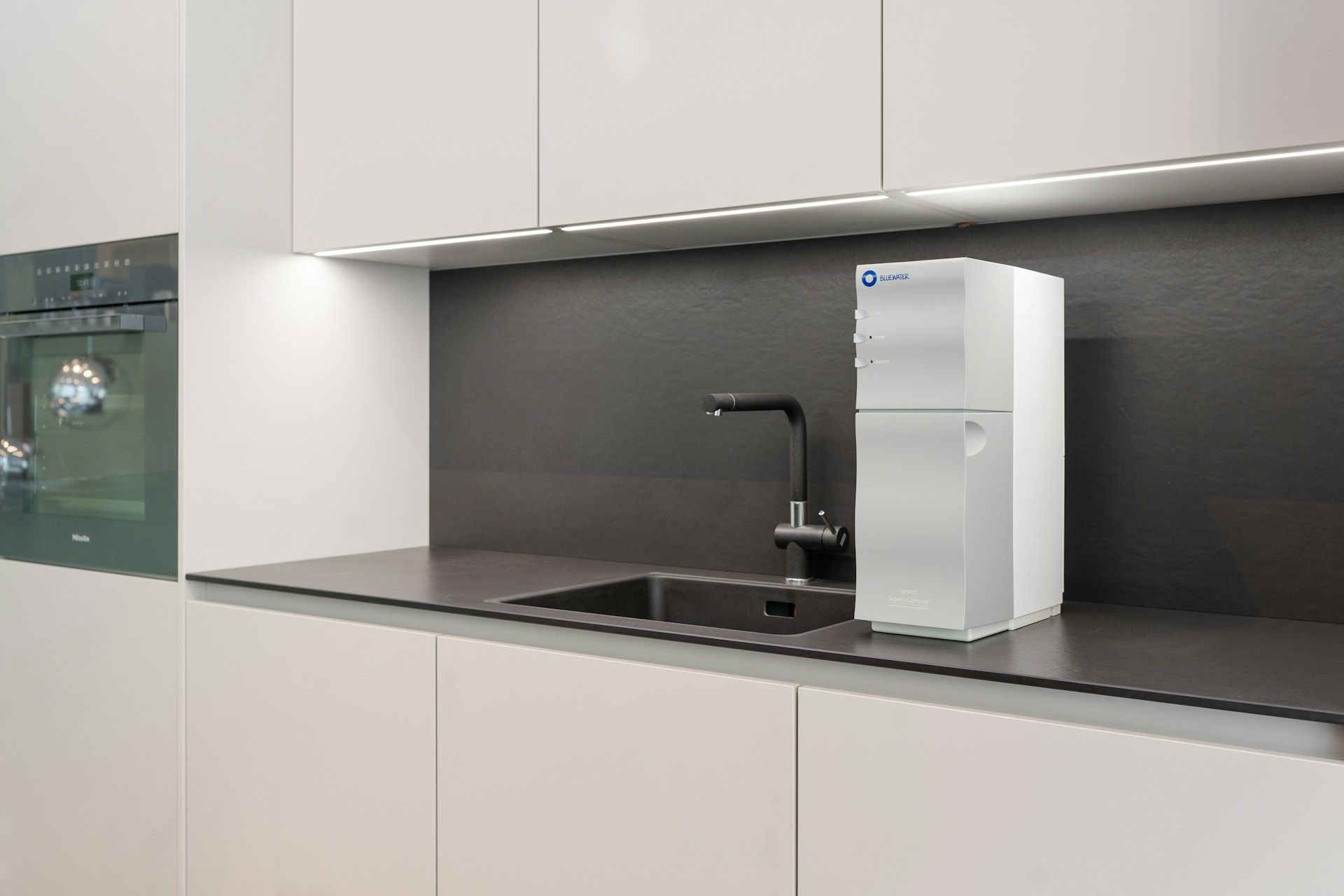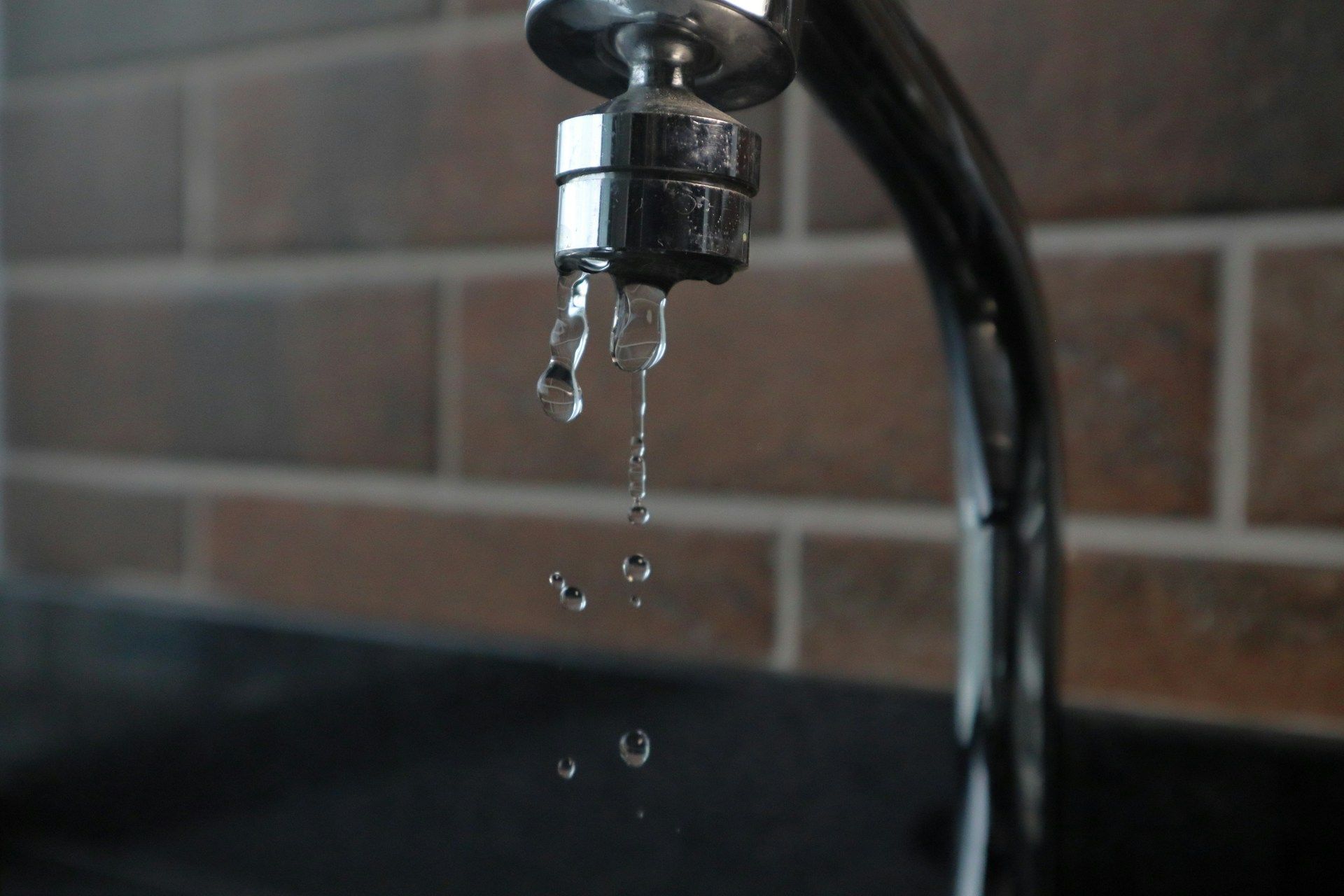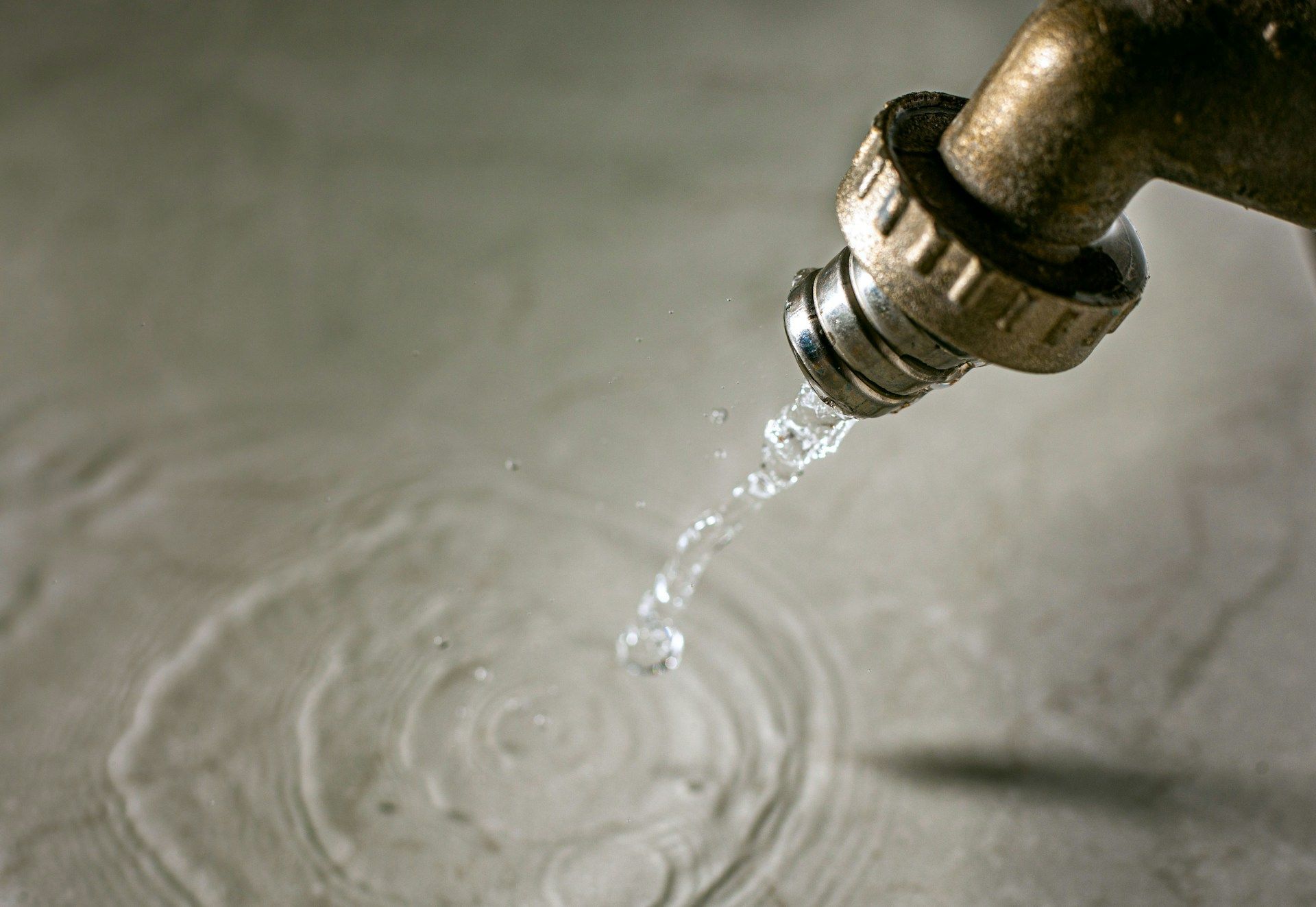Water Purification in Park City, Utah: What You Need to Know
Water Science offers water purification systems that meet the specific needs of your family. Our systems are efficient in reducing total dissolved solids and harmful chemicals, and can also incorporate UV treatment to eliminate bacteria and viruses. We can install systems to remove specific contaminants like copper, arsenic, and lead. Regular maintenance is recommended to ensure the longevity and efficiency of your system, and Water Science offers maintenance programs for this purpose. When choosing a water purification system, consider your household’s needs, the quality of your water source, and the company’s use of top-quality equipment. Water Science provides custom-tailored solutions and exceptional service. Common issues with water purification systems include the need for regular maintenance, customized solutions for different water sources, and the taste of the water. Troubleshooting can involve checking filters, UV treatment systems, and contacting a professional for assistance. For help with your water purification system, call Water Science, your trusted provider of tailored water treatment solutions in Park City, Utah.
Table of Contents
- What is water purification?
- How does water purification work in Park City, Utah?
- What are the benefits of water purification?
- How can I get water purification for my home?
- What are some things to consider when choosing a water purification system?
- How often should I have my water purification system serviced?
- What are some common problems with water purification systems?
- How can I troubleshoot my water purification system?
- Who do I call for help with my water purification system?
What is water purification?
Water purification is the process of removing contaminants and impurities from water to make it safe and suitable for drinking, cooking, and other purposes. At Water Science, we take pride in providing exceptional service and offering maintenance programs to ensure the longevity and efficiency of our water purification systems. Whether we installed the system or not, we believe in the importance of regular maintenance to guarantee the continuous delivery of clean and pure water to our customers in Park City, Utah.
One of the key benefits of our water purification systems is the removal of forever chemicals. These are long-lasting toxic substances that can accumulate in the body and have detrimental effects on human health. Our units utilize a 4-stage setup, which is the most efficient way to reduce total dissolved solids (TDS) and harmful chemicals from the water. This multi-stage filtration process ensures that the water passing through our systems undergoes thorough treatment and results in the removal of various contaminants, including forever chemicals.
Additionally, our water purification systems can incorporate UV treatment, which provides an extra layer of protection against harmful microorganisms. The UV treatment destroys the DNA of bacteria, viruses, and other pathogens, effectively neutralizing them and rendering them incapable of reproducing and causing harm. This added disinfection step ensures that the water not only tastes clean but is also free from harmful microorganisms that can cause waterborne diseases. At Water Science, we are committed to providing top-quality water treatment solutions that prioritize the health and well-being of our customers in Park City, Utah.
How does water purification work in Park City, Utah?
Realistically, water should be water – H20. There shouldn’t be copper and arsenic and lead in there.
Even though contaminants are in the legally allowable limits, that doesn’t mean they are healthy for you.
That’s where Water Science comes in.
We understand the importance of clean and pure water for you and your family.
That’s why we custom tailor a system for your family’s specific needs in Park City, Utah.
Our water purification systems utilize top-quality products to ensure the highest level of water purification.
With our 4-stage setup, we efficiently reduce total dissolved solids (TDS) and harmful chemicals, including forever chemicals, from the water.
This thorough filtration process gives you peace of mind, knowing that your water is free from contaminants.
At Water Science, we believe that water purification should be a continuous process.
That’s why we offer maintenance programs, whether or not we installed the system, to ensure the longevity and efficiency of your water purification system.
We understand that regular maintenance is key to guaranteeing the continuous delivery of clean and pure water for our customers in Park City, Utah.
What are the benefits of water purification?
Water purification offers a multitude of benefits, the most crucial being the production of good clean drinking water. With Water Science’s high-end water solutions, contaminants and impurities are effectively removed, ensuring that the water you consume is safe and suitable for daily use. This means that harmful substances like copper, arsenic, and lead, although within allowable limits, are eliminated from your water supply. Realistically, water should only consist of H20, and by employing our expertise in water treatment, we can guarantee that your water is free from any toxins or chemicals that could potentially harm your health.
Water purification systems enhance the taste of your water, resulting in better-tasting water for you and your family. Through the utilization of a 4-stage setup, Water Science efficiently reduces total dissolved solids and harmful chemicals, including forever chemicals. This comprehensive filtration process eliminates various contaminants, enhancing the overall flavor of your water. Say goodbye to unpleasant, metallic-tasting water and enjoy a refreshing and crisp taste with every sip.
In addition to providing good clean drinking water, the water purification systems offered by Water Science incorporate UV treatment, offering an extra layer of protection against harmful microorganisms. The DNA of bacteria, viruses, and other pathogens is destroyed, neutralizing their ability to reproduce and cause harm. This means that not only does your water taste clean, but it is also free from potentially harmful microorganisms that can lead to waterborne diseases. Water Science is committed to providing top-quality water treatment solutions that prioritize the health and well-being of our valued customers in Park City, Utah.
How can I get water purification for my home?
When it comes to installing water purification systems in your home, Water Science has you covered.
Whether your water supply contains copper, arsenic, lead, or other impurities, we can install both a softener and a reverse osmosis system to effectively remove these contaminants.
Our experts will assess your specific needs and custom tailor a system that meets the unique requirements of your family and home in Park City, Utah.
We understand the importance of clean and pure water for you and your loved ones.
That’s why we take pride in providing exceptional service and offering maintenance programs to ensure the longevity and efficiency of our water purification systems.
With our expertise in water system maintenance, you can trust us to keep your water purification system running smoothly and effectively.
What are some things to consider when choosing a water purification system?
When choosing a water purification system, there are several factors to consider. First, it is important to assess the specific needs of your household. This can include factors such as the size of your family, the quality of your water source, and any specific contaminants that may be present.
At Water Science, we offer water testing and analysis services to help determine the best system for your needs. Our in-home testing allows us to provide accurate results and recommendations tailored to your specific situation.
Additionally, when choosing a water purification system, it is crucial to ensure that the company you choose uses top-of-the-line equipment. At Water Science, we take pride in our commitment to quality and only use the highest-quality products in our water purification systems. We believe that investing in top-quality equipment is essential for providing our customers in Park City, Utah with the best possible water treatment solutions.
It is important to consider the expertise and reliability of the company you choose. As a local company, Water Science has extensive knowledge and experience in treating hard water in Park City. Our team of experts is dedicated to providing exceptional service and ensuring the longevity and efficiency of our water purification systems. When choosing a water purification system, trust Water Science as your partner in high-quality water treatment solutions.
How often should I have my water purification system serviced?
We recommend having your water purification system serviced at least once a year to ensure its longevity and efficiency. During a service appointment, our team of experts will inspect and clean all components of the system, ensuring that it is functioning properly and effectively removing contaminants. We will also check the UV treatment system to make sure it is providing the necessary protection against harmful microorganisms. With over 10,000 satisfied customers, you can trust Water Science to provide exceptional service and keep your water purification system running smoothly.
Having your water purification system serviced annually is especially important if you enjoy the taste of a high-end water and the more luxurious experience. Our systems are designed to enhance the taste of your water, providing you with a refreshing and crisp-tasting drink. However, over time, the filters and components of the system may become clogged or worn out, reducing their effectiveness. By having your system serviced regularly, you can ensure that it continues to deliver the high-end water experience that you love. Our technicians will replace any worn-out filters and check all components to ensure that everything is working optimally, giving you the best taste and quality of water.
Water purification systems from Water Science are custom-tailored for your home, meaning that everything is designed specifically to meet your household’s needs. This customization also extends to the servicing and maintenance of your system. Our team understands that every home is unique, and we take the time to assess your specific requirements during each service appointment. Whether we installed the system or not, we provide exceptional service to guarantee the longevity and efficiency of your water purification system. We pride ourselves on offering customized water treatment solutions and believe that regular servicing is essential for maintaining the purity and quality of your water. Trust Water Science for all your water purification needs and enjoy the benefits of exceptional service and custom-tailored solutions.
What are some common problems with water purification systems?
While water purification systems offer numerous benefits, there are also some common problems that can arise. One issue is the need for regular maintenance and servicing. Like any other appliance or system in your home, water purification systems require regular upkeep to ensure their longevity and efficiency. Without proper maintenance, filters can become clogged, components can wear out, and the system may not effectively remove contaminants. That’s why it’s important to have your water purification system serviced at least once a year to keep it running smoothly and effectively purifying your water.
Another common problem with water purification systems is the need for customized solutions. Not all water sources are the same, and different homes may have different contaminants in their water. That’s why it’s important to choose a water purification system that is custom-tailored to your specific needs. Generic off-the-shelf systems may not be able to effectively remove the specific contaminants present in your water. Customized systems, on the other hand, are designed to target and remove the specific impurities found in your water, ensuring that you and your family have clean and safe drinking water.
One problem that many people may not consider is the taste of the water. While water purification systems are designed to remove impurities, they can also remove minerals that give water a desirable taste. Some people may prefer the taste of water that still contains certain minerals, while others may enjoy the taste of high-end water. That’s why it’s important to choose a water purification system that not only effectively removes contaminants but also enhances the taste of the water. By incorporating a multi-stage filtration process, water purification systems can remove harmful substances while improving the overall flavor of the water. This ensures that you not only have clean water but also enjoy drinking it, making bottled water a thing of the past.
How can I troubleshoot my water purification system?
If you’re experiencing issues with your water purification system, there are a few troubleshooting steps you can take.
First, check the system’s filters. Over time, filters can become clogged with sediment and contaminants, reducing their effectiveness. If you notice a decrease in water flow or a change in the taste or quality of your water, it may be time to replace the filters.
Additionally, check the UV treatment system if your system incorporates this technology. Make sure the UV lamp is working properly and that the system is properly calibrated. If the lamp is not working or the system is not calibrated correctly, it may not be effectively destroying harmful microorganisms.
If you’re still experiencing issues, it’s best to contact a professional. Water Science offers ongoing maintenance services to ensure the longevity and efficiency of your water purification system. Our team of experts can diagnose any problems and provide the necessary repairs or replacements to get your system back up and running smoothly.
Who do I call for help with my water purification system?
If you’re in need of assistance with your water purification system in Park City, Utah, look no further than Water Science! We are your trusted provider of tailored water treatment solutions. Our highly efficient 4-stage setup is designed to reduce total dissolved solids and harmful chemicals, ensuring that your water is free from contaminants. Whether you need assistance with troubleshooting, maintenance, or servicing, our team of experts is here to help. Simply give us a call, and we will promptly address any issues you may have with your water purification system.
When it comes to water purification in Park City, Utah, Water Science is the company to call. Our local company specializes in treating hard water and providing customized water treatment solutions. We understand that the water that comes through your home can have all sorts of minerals that can affect your health and the performance of your appliances. That’s why we offer no salt water conditioner systems that effectively treat hard water and ensure that your water is safe and suitable for daily use. Don’t let hard water ruin the taste of your drinking water or damage your appliances – contact Water Science for professional, reliable assistance with your water purification system.
If you’re unsure about who to call for help with your water purification system, choose Water Science for top-quality service and expertise. We are committed to providing exceptional water treatment solutions that prioritize the health and well-being of our customers in Park City, Utah. Our team of experts can test your water for chemicals, heavy metals, and total dissolved solids, and then create a custom solution that effectively removes these impurities. Whether you need installation, maintenance, or troubleshooting services, our professionals are equipped with the knowledge and experience to handle any issue with your water purification system. Contact Water Science today for reliable assistance with your water purification needs.
The post Water Purification in Park City, Utah: What You Need to Know appeared first on Water Science.

